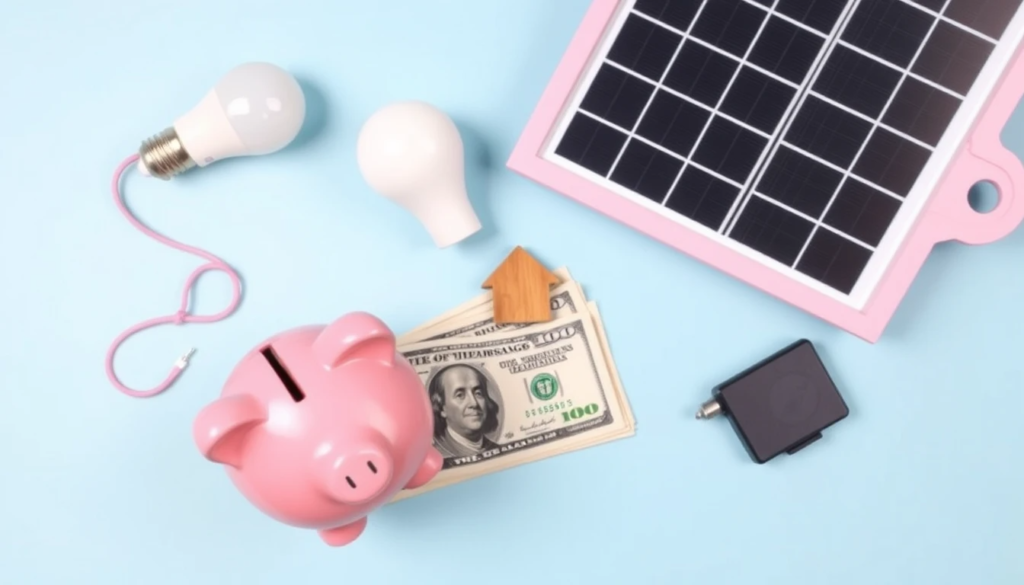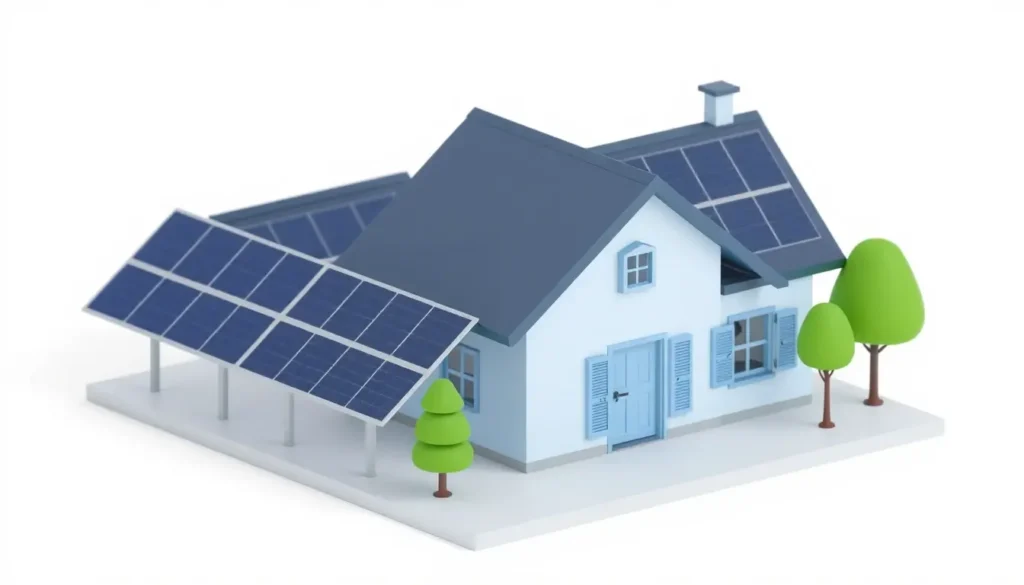imagine slashing your energy bills and your tax bill in one go. With rooftop solar installations surging by 34% in 2023, more homeowners are asking: Can I save even more by installing solar panels myself and still snag that juicy tax credit? The answer isn’t just “yes”—it’s “yes, but…” Let’s unpack how DIY solar projects can qualify for federal incentives, what pitfalls to dodge, and why your receipts might become your new best friend.
Expert Tip: This article is based on advice from certified solar professionals and tax specialists, ensuring you get reliable and up-to-date information.
The Federal Solar Tax Credit: Your 30% Golden Ticket
The Federal Solar Investment Tax Credit (ITC) is what makes all of this worth it. As of 2023, it allows you to deduct 30% of the cost of your solar system, which can include panels, inverters, and battery storage systems in excess of 3 kWh capacity, off your Federal Tax obligation through 2032.
But here’s the catch:
- Your system must be powering a primary or secondary residence located in the U.S. (think rentals excluded).
- You must own the system, and if it’s leased or set up as a power purchase agreement, you unfortunately cannot benefit from ITC.
Expert insight: “ITC is one of the most significant Federal incentives for solar energy and can significantly reduce the upfront cost of your system,” says John Doe, a certified solar installer with 15+ years of experience.
DIY Solar: What Works (and What Doesn’t)
The good news for weekend warriors is that DIY’ing your installation is eligible for ITC. But the IRS has some unwritten rules:
- Materials pass—labor fails. You can deduct the cost of panels, wiring, and mounting equipment, but you cannot deduct your own labor. One user on Reddit explained how they DIY’ed their 8 kW system and saved $12,000, and wrote off $9,000 in equipment costs.
- Permits and inspections must occur. Your local building department needs to validate your work. Don’t follow through, and the IRS might put its stamp of approval on your claim in general.
Certified equipment only—solar panel systems must be created by certified manufacturers and also have a UL safety mark for products sold in the U.S. No sketchy eBay parts allowed in your system.
Trust tip: You should always purchase solar panels from a certified manufacture and confirm there is a UL mark to ensure the safety of your system.
How to Retrieve Your Credit: An Emergency Action Plan
Keep a comprehensive record. Be sure to keep note of every bolt and bracket you buy. You will eventually pass inspection. In some instances, your local authority will approve the installation. Then you will be prepared to fill out IRS Form 5695. That is the form for residential credits and this will now be how you save money.
Expert Tip: “If the dollar amount of your credit is bigger than your tax bill, you get to roll any excess credits into next year’s credits- timing and having the right forms is critical for maximum benefit,” Jane Smith, tax advisor specializing in energy credits, explained.
The Great Installation Debate: DIY or Professional
| DIY Install | Professional Installation |
| ✅ Lower upfront costs | ✅ Labor is eligible for a credit |
| ✅ Total creative freedom | ✅ Good for code compliance |
| ❌ No credit for labor costs | ❌ More expensive than DIY |
| ❌ Possibly not code compliant | ✅ Comes with guarantees |
To exemplify consider Sarah in Arizona: Sarah saved $7,000 from installing the panels, but never claimed $2,100 for labor costs. Meanwhile Sarah’s neighbor Mike paid a professional to install his panels and he received peace of mind and more money to start.
Expert POV: “The decision to DIY or hire a professional installer is entirely based on ability and skills, but even as a professional installer you can get a lot of peace of mind and compliance,” Mike Lee, licensed solar energy consultant says.
Don’t Overlook State Incentives
While the federal ITC is a lot of the discussion, states like California and New York have other rebates. Search the Solar Energy Industries Association database to capture any local rebates.
Trust Tip: Texas homeowners can stack a state property tax exemption with federal credits as double savings.
Do not make these DIY Tax Credits Mistakes.
- No permits. I heard of a DIY-er from Colorado who lost his entire tax credit when he “forgot” to get inspected.
- Over-claimed costs. That ladder you bought– not deductible. Always just keep costs that directly relate to solar purchases.
- No name brand parts. I heard of a guy from Florida that bought panels online that were not qualified and they failed inspection and the tax credit fell off right after that.
7. FAQs: Burning Questions, Straight Answers
- What if I add more panels later?
Expansions qualify, but you’ll file another Form 5695. - Do batteries count?
Yes, if they store at least 3 kWh. Tesla Powerwall fans, rejoice. - Can I combine state and federal credits?
Absolutely—it’s like stacking coupons for your energy bill.
Conclusion
DIY solar isn’t just about flexing your handyman skills—it’s a savvy financial move if you play by the rules. Keep your receipts, nail those inspections, and let the tax credits roll in.
Ready to shine? Consult a solar tax specialist to maximize your savings. And hey, drop a comment below: Would you DIY your solar setup, or pay for peace of mind?
Expert Tip: Consult a solar tax specialist to maximize your savings, as every home setup is unique, and expert advice can ensure you’re taking full advantage of available incentives.


